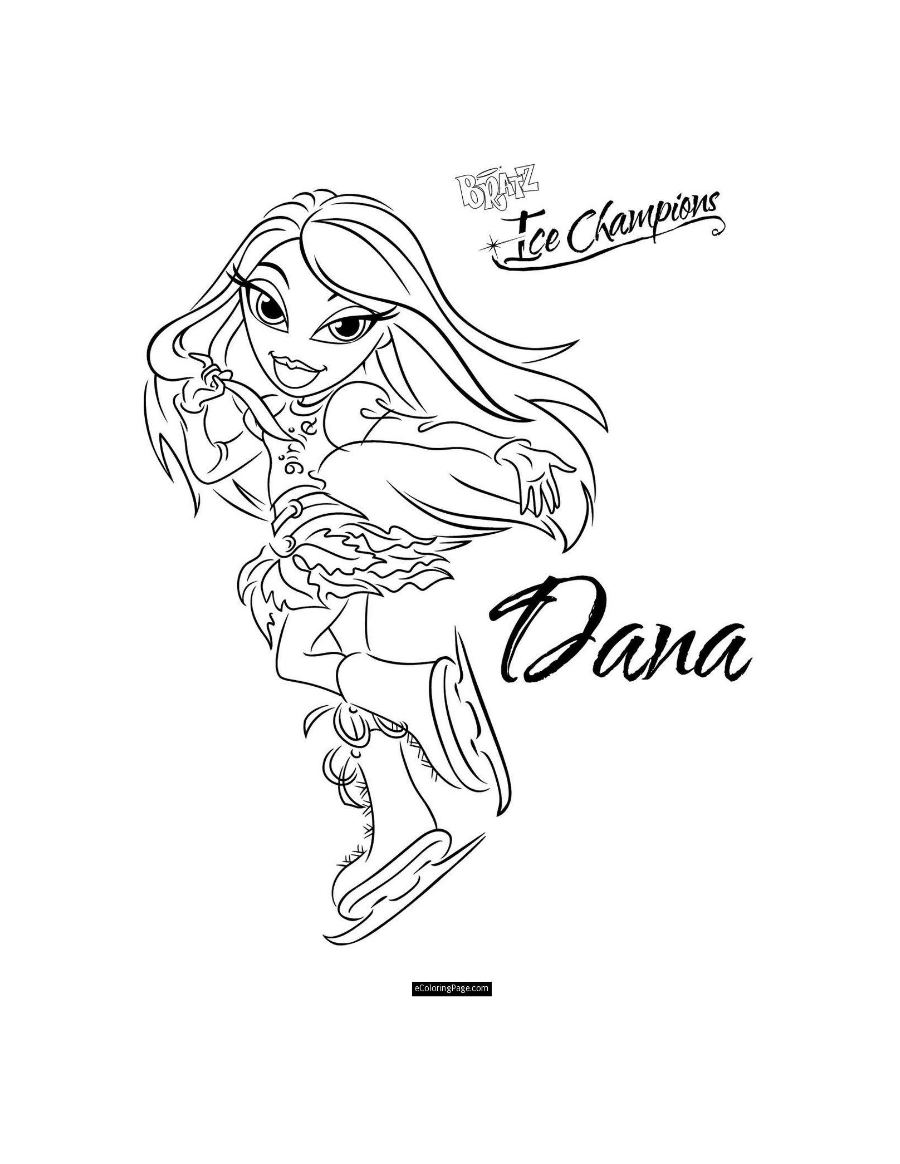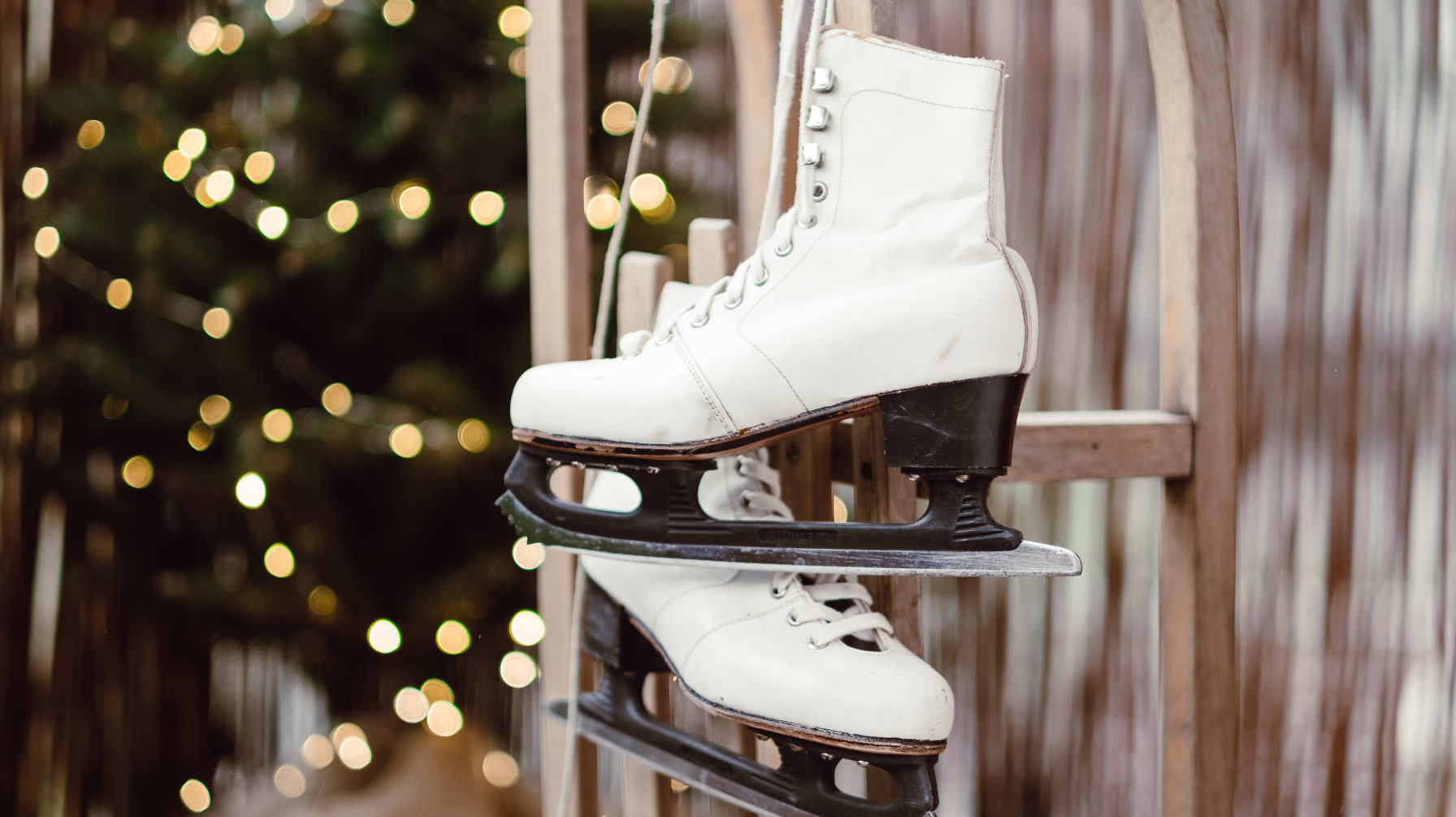INTER
esting
Interesting Ice Skating Facts and more.
Learn more about this great sport.




Skate Blades
The blades of ice skates were once made from the bones of horses, cows, deer or other animals and strapped to the feet. The modern word for skate comes from the Dutch word meaning leg bone.
Later, skate blades were made of wood and then metal. In the 16th century, blades made of iron and tied to shoes with straps were common. But the blades dulled quickly and shoes didn't provide the needed ankle support. On the modern version of the ice skate, screws mount steel blades to a boot at the sole and heel.
Fun Facts about Ice Skating
At that time, Jackson Haines, a U.S. ballet dancer credited with being the founder of modern figure skating, added dance moves to his ice skating routines.
Even today, ice skating remains a favorite recreational pastime for kids whatever form of skating they choose.
Toe Pick
Figure skaters use the toe picks to do certain jumps to get higher into the air. The toe pick is the last part of the blade to leave the ice when doing a jump and the first part of the blade to touch the ice when the skater lands.
The Zamboni
Each time the blade of a skate touches the ice it makes a mark. When the ice in an indoor skating rink needs to be resurfaced, a machine known as the Zamboni drives over the ice cleaning it.
Big and little kids alike find it fun to watch the Zamboni driving around the ice in circles. The machine moves at a speed of about 10 mph while spinning blades shave off a thin, top layer of ice. Warm water that sprays out of the back fills holes, grooves and ruts in the ice surface.
A squeegee on the machine spreads the water evenly over the ice. When the machine completes its job, a shiny sheet of new ice that looks as smooth as glass covers the rink.
Crash Pads
Falling is a part of learning how to ice skate so it helps to be prepared. Butt pads, known as crash pads, go inside pants or stockings and can minimize the sting of hard falls. Children who are first learning how to ice skate should wear a helmet as well.
A bike helmet is better than wearing no helmet, although a hockey or skateboarding helmet provides more protection against backward falls. Beginners should wear elbow pads, knee pads and wrist guards until they master basic ice skating skills.


AXELS
It is named after Norwegian figure skater Axel Paulsen, who, in 1882, was the first skater to perform the jump. Compared to other common figure skating jumps, an Axel has an extra 1⁄2 rotation in the air because of its forward take off.
Most skaters perform the jump with counterclockwise rotation, taking off from the left forward outside edge and landing on the right back outside edge. The Axel can also be done as a double jump with 21⁄2 rotations, or as a triple jump with 31⁄2 rotations. As of February 2014, no skater has accomplished a quadruple Axel (41⁄2 rotations) in competition.
Vern Taylor (CAN) was the first to land a triple Axel in competition at the 1978 World Figure Skating Championships. It has since become a standard jump for male competitors, but it is rare for female skaters to successfully land them, or even to attempt them.
Brian Orser (CAN) was the first skater to put two triple Axel jumps in the same program, and the first to accomplish this at the World level at the 1987 World Figure Skating Championships; since he also landed one in the short program, he additionally was the first skater to land three triple Axel jumps in the same competition.
